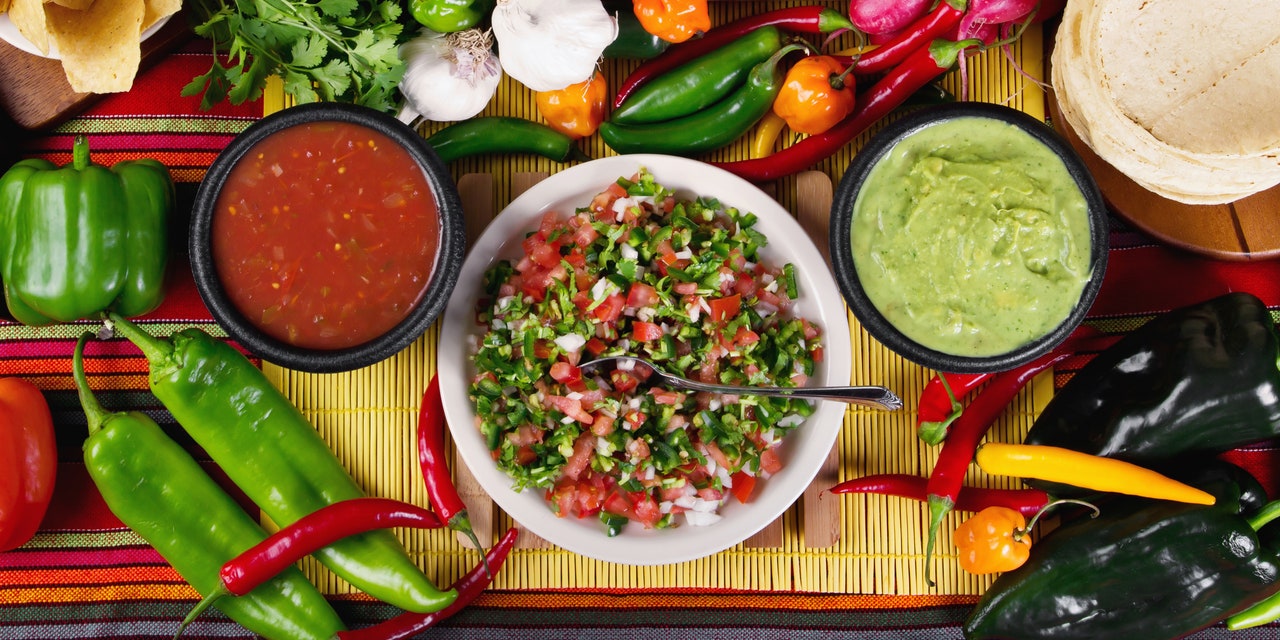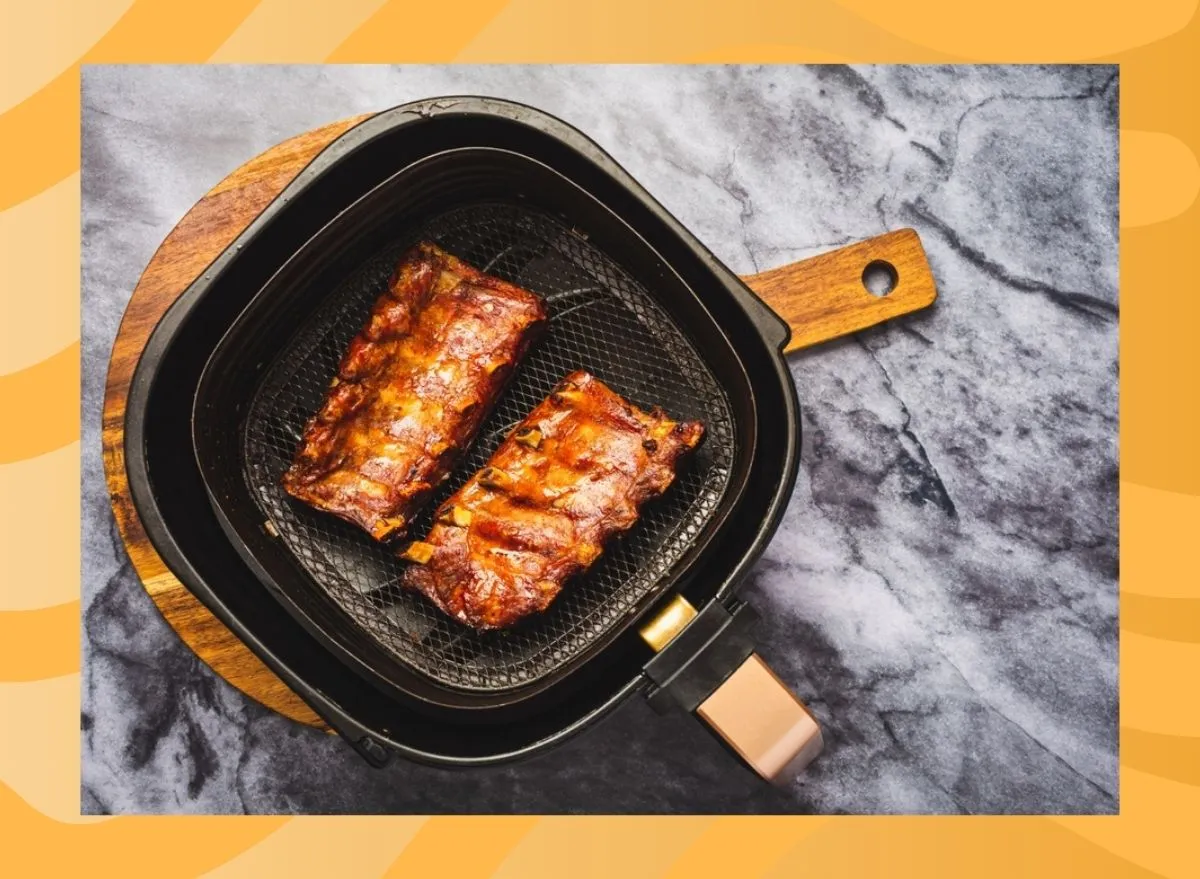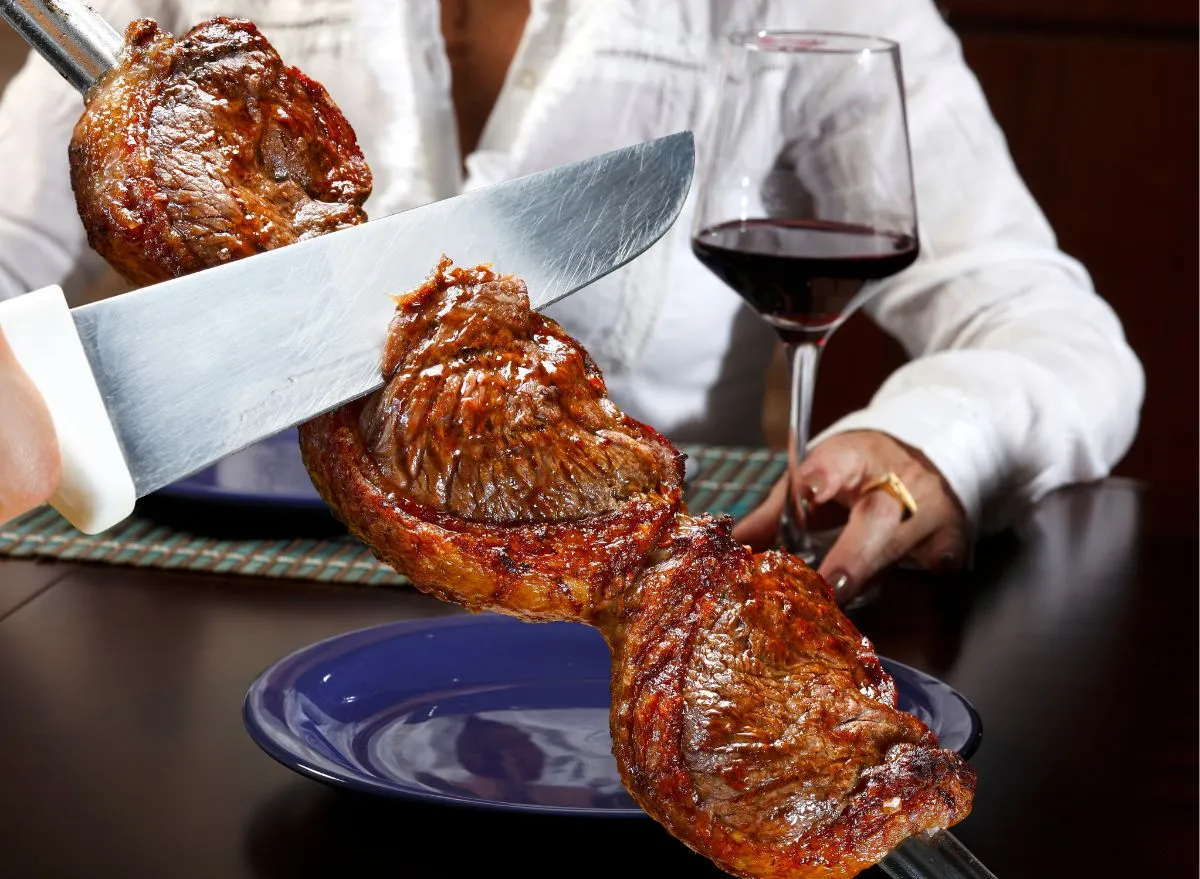Then think about extras, which can help you craft the flavor profile you’re looking for, says Martinez. For example, if you prefer tangy notes, kick up your recipe’s acidity with freshly squeezed lime, pineapple, orange juice, or vinegar. On the other hand, if you like a sweeter sauce, caramelize some of the alliums in your dish, like the onions or shallots. If you’re craving a creamier sauce, throw in some avocado, crema, mayo, or cheese for that velvety bite. By approaching salsa with this philosophy, you’ll be able to come up with some really delicious recipe ideas, he says.
3. Determine what type of texture you want your salsa to have.
Once you have secured all of your ingredients and decided how you want your salsa to taste, you need to determine its intended texture before you start mixing it up, says Martínez. Remember, salsas can be everything from chunky to smooth, so the choice is really yours.
For most preparations, this will involve pulling out your blender to combine your ingredients. It doesn’t need to be an expensive gadget like a Vitamix—a simple $20 one will do, says Martínez. How smooth or chunky you want it will determine how much you’ll process it. For types like salsa verde or salsa de aguacate that have a silkier texture, you’ll want to blend on medium-low speed. This will prevent a weird smoothie-like consistency, he says.
On the flip side, if you’re making a super chunky option like pico de gallo, you might want to put away the tool in favor of a knife and cutting board—you can accidentally over-process it in the blender, says Martínez. That could create an unappealing, soupy texture.
Whichever consistency you’re looking for, make sure to take your time and test it as you go. That way, you can monitor the makeup of the sauce and ensure it reaches your desired texture, he says.
READ RELATED: Secure My Booking? It’s a ‘no’ when it comes to rail strikes
4. Douse it on dishes that’ll help bring out its flavor.
Once you’ve made a salsa you’re proud of, it’s time to enjoy it. Sure, you can eat it straight from the spoon, but pairing it with certain foods can make it even better.
What you slather it on is your business, says Martínez, but there are some tips that can help you make a perfect pairing. For one, if you made a chunkier corn or pickled carrot salsa, spoon it on a taco with a softer filling like stewed chicken or jackfruit to add a crisp bite. On that same note, if you crafted a smoother batch, like an avocado or roasted bell pepper blended salsa, reach for some tortilla chips or toasted bread to sop it up and provide some crunchy texture. When you pair salsa with the right dishes, it’ll only amp up the taste of your sauce, he explains.
5. Store it the right way so it can last longer.
After creating the homemade salsa of your dreams, you might not have a bunch of it left over. But if you didn’t demolish the entire bowl, you’ll definitely want a way to save it. And that holds even more true if you made a ton, and are looking for a way to preserve it for a longer period of time.






